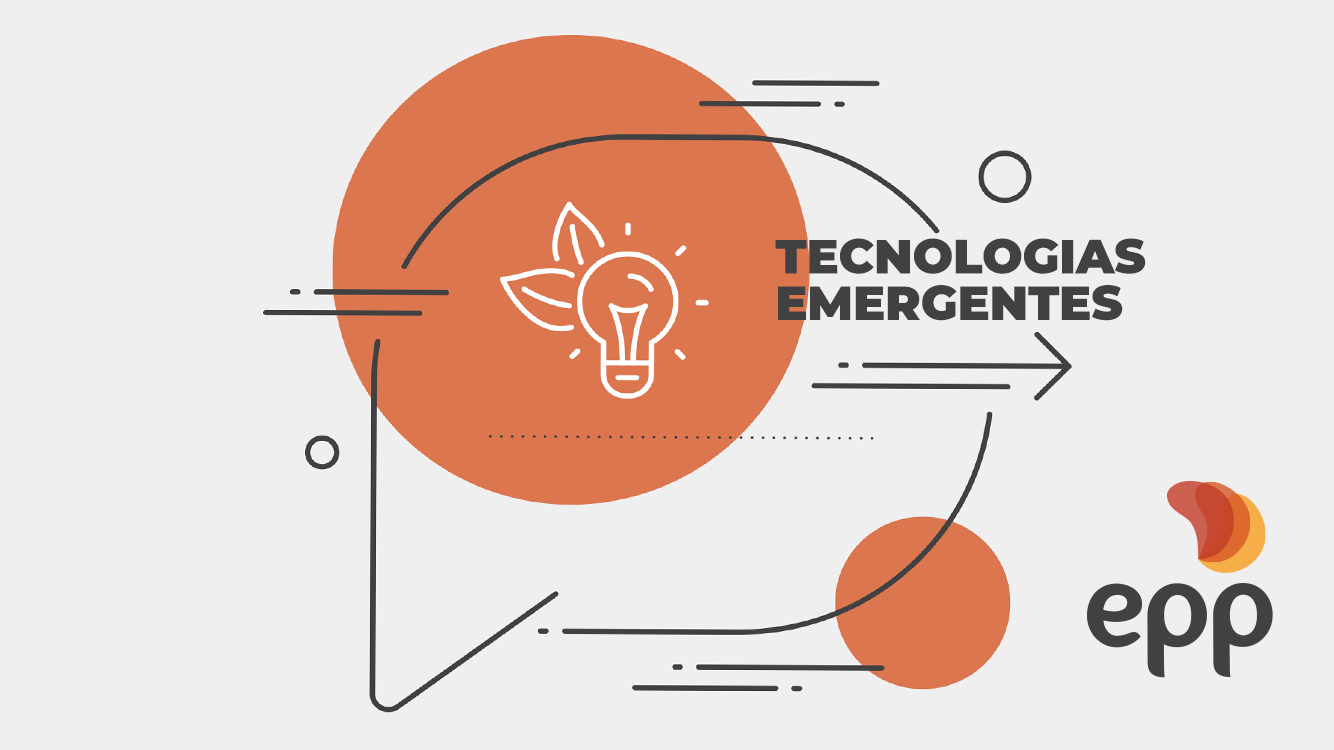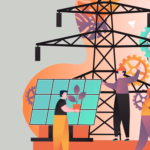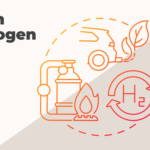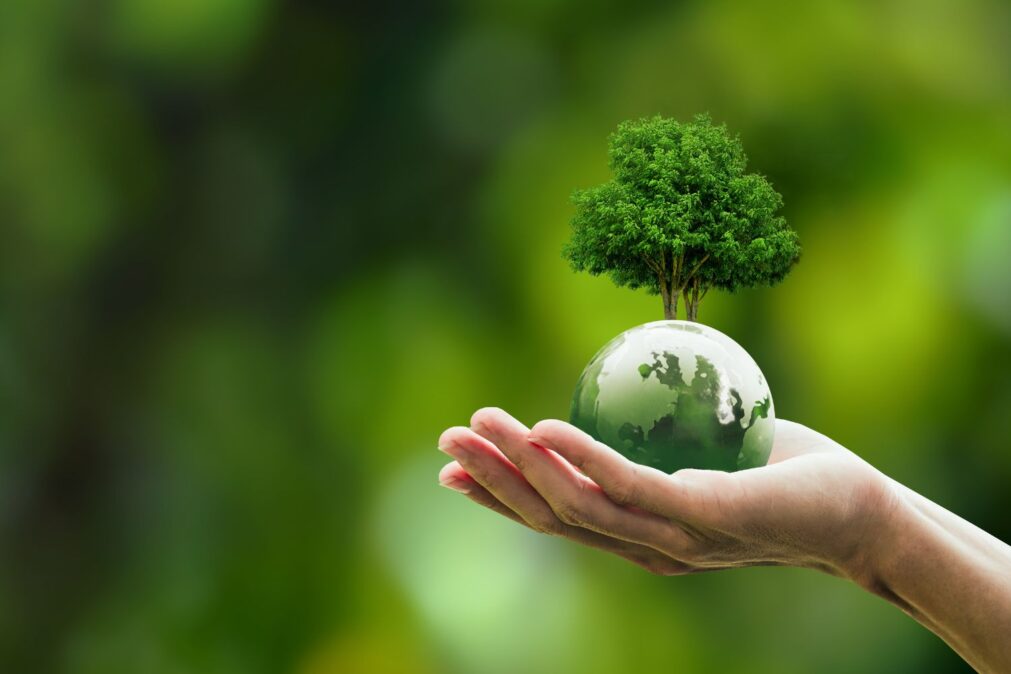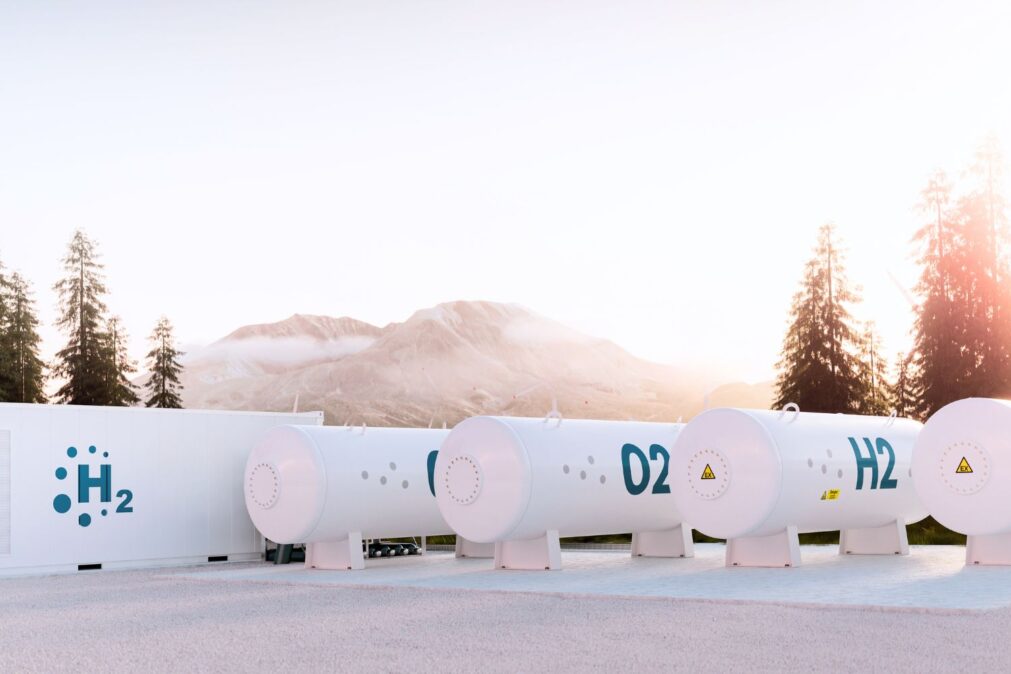There is a huge technological revolution going on. Part of this change is due to the pandemic, which has accelerated the digital transformation, but emerging technologies have been transforming society for a long time.
Emerging technologies are those that have a huge potential to create or transform the environment, market and society, but that have not yet been consolidated, either due to lack of adhesion, investment or evolution. This type of technology often ceases to be a tool to become the solution to the problem itself. To better understand the subject, read this content.
Discover 4 emerging technologies
A survey by Avanade, a leading business consultancy focused on Microsoft solutions, consulted 800 global leaders and analyzed 12 technologies. The result shows that the Internet of Things (IoT) and Artificial Intelligence (AI) lead the tests and deployments.
The survey also heard C-levels in Brazil and showed that eight out of ten Brazilian companies surveyed are adopting emerging technologies. This news is important and attests to the maturity of Brazilian companies in the search for more efficient solutions. Check now 4 emerging technologies in the area of energy and sustainability.
Hydrogen powered cars
The idea of hydrogen fuel is not new, but it is only now that technologies have reached a viable maturity for automakers to create models and offer them for sale to buyers.
Hydrogen powered cars do not use fossil fuels, such as gasoline, alcohol or diesel. In addition, it is better in terms of efficiency than the electric model, as there is no need to recharge the battery from an external source.
The hydrogen cells used for fuel generate electricity directly and the energy is stored in the batteries. This brings autonomy so that the driver can travel long distances. The big challenge now is to produce cheap, large-scale hydrogen with good infrastructure to distribute it.
Kidnapping and carbon capture
Carbon sequestration and capture is an expression used to define the process in which it is possible to remove carbon dioxide from the atmosphere. This already occurs naturally through photosynthesis and absorption of soil and oceans, but via technology it is also possible to create this action. In 2010, Global Thermostat developed a carbon-negative solution called carbon capture and storage (CCS).
With the technology, it is possible to capture up to 90% of the carbon dioxide emissions in the atmosphere from the burning of fossil fuels in industrial processes or in the generation of energy. This captured gas can be stored underground, keeping pollution levels low in the atmosphere.
Renewable energy
Renewable energies are also considered to be emerging technologies. Among the energies of the future are the production of energy through the movement of waves and tides. Although this model is not ready to be scaled, there are already experimental plants with good results. In addition, the production of solar energy on the high seas also gains strength, as well as offshore wind farms.
Another development is the optimization of technological efficiency used in batteries, which will help to reduce production costs. The result will be a better use of energy storage in intermittent sources, such as solar and wind. Thus, the future will be with a clean and independent electrical generation matrix.
Biotechnology
Finally, biotechnology is another emerging technology that promises to bring benefits to agriculture, industry, food and health. With innovations, it will be possible to modify products and processes for specific improvements.
Studies in genetics and human DNA enable plants to become more nutritious and resistant to climate change. In other words, this is a possible way to improve food production worldwide and have a beneficial impact on society as a whole.
Thus, we can conclude that in the coming decades, emerging technologies will be part of energy systems, allowing everyone to be more connected, with transmission quality, valuing sustainability and with lower costs.
